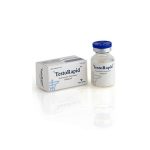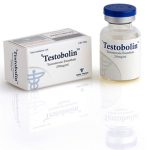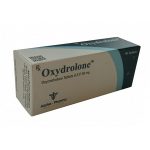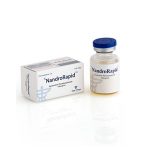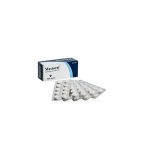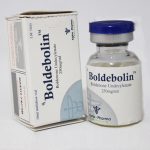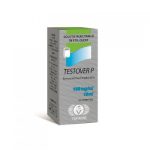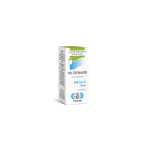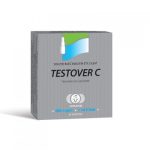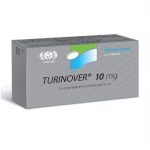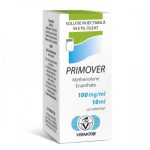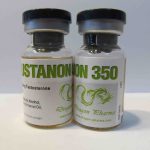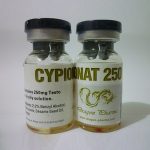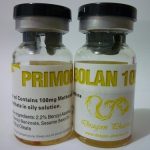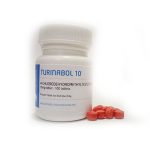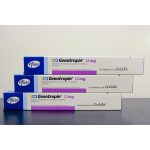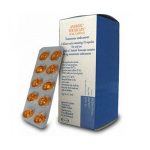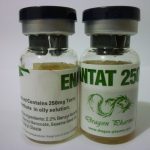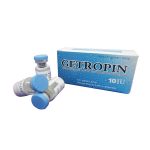Trenbolone cycle
Dapagliflozin safe and well tolerated in healthy volunteers receiving single doses up to 500 mg (50 times the recommended dose). Glucose was determined in urine after dosing (at least 5 days after a dose of 500 mg), with no cases identified dehydration, hypotension, electrolyte imbalance, clinically significant effects on interval trenbolone cycle. The frequency of hypoglycemia was similar to the frequency in the placebo. In clinical studies in healthy volunteers and patients with type 2 diabetes treated with drug once daily doses up to 100 mg (10 times the maximum recommended dose) for 2 weeks, the incidence of hypoglycemia was slightly higher than the placebo, and no dose-dependent . The incidence of adverse events, including dehydration or hypotension, was similar to the rate in the placebo group, while not clinically significant, dose-dependent changes in laboratory parameters including serum concentration of electrolytes and biomarkers of renal function.
In case of overdose should be carried out maintenance therapy, given the state of patient. Excretion of dapagliflozin by hemodialysis has not been studied.
Interaction with other drugs Diuretics dapagliflozin may enhance the effect of thiazide diuretic and a “loop” diuretics and increase the risk of dehydration and hypotension (see. “Special Instructions” section).
Pharmacokinetic interaction
Metabolism dapagliflozin mainly carried out by the glucuronide conjugation, under the action of UGT1A9.
Studies in vitro dapagliflozin not inhibited isozymes o and did not induce isozymes trenbolone cycle. In this connection is not expected to influence dapagliflozin on metabolic clearance concomitant drugs are metabolized by the action of these isoenzymes. The effect of other drugs on dapagliflozinResearch interactions involving healthy volunteers, mainly taking a single dose of the drug indicated that metformin, pioglitazone, sitagliptin , glimepiride, voglibose, hydrochlorothiazide, bumetanide, valsartan or simvastatin did not affect the pharmacokinetics of dapagliflozin. After the joint use of dapagliflozin and rifampin, an inducer of various active transporters and metabolizing enzymes medications decreased systemic exposure dapagliflozin 22%, with no clinically significant effect on the daily excretion of glucose by the kidneys. It is not recommended to adjust the dose of the drug. Clinically significant effect when used with other inducers (eg, carbamazepine, phenytoin, phenobarbital) is expected. After the joint use of dapagliflozin and mefenamic acitrenbolone cycle, an increase of 55% of systemic exposure dapagliflozin, but without clinically significant effect on daily renal excretion of glucose . It is not recommended to adjust the dose. Effect of dapagliflozin other drugs In studies of interactions involving healthy volunteers, mostly once taking the dose, dapagliflozin did not affect the pharmacokinetics of metformin, pioglitazone, sitagliptin, glimepiride, hydrochlorothiazide, bumetanide, valsartan, digoxin (substrate P-gp) or warfarin (S-warfarin, a substrate isoenzyme), or anticoagulant effect, as measured by international normalized ratio trenbolone cycle. The use of a single dose of dapagliflozin 20 mg and simvastatin ) resulted in an increase by 19% the AUC of simvastatin and 31% AUC simvastatinovoy acid. Increasing the exposure of simvastatin acid and simvastatinovoy not considered clinically significant. Other interactions The effect of smoking, diet, herbal products, and receiving the parameters of the pharmacok

